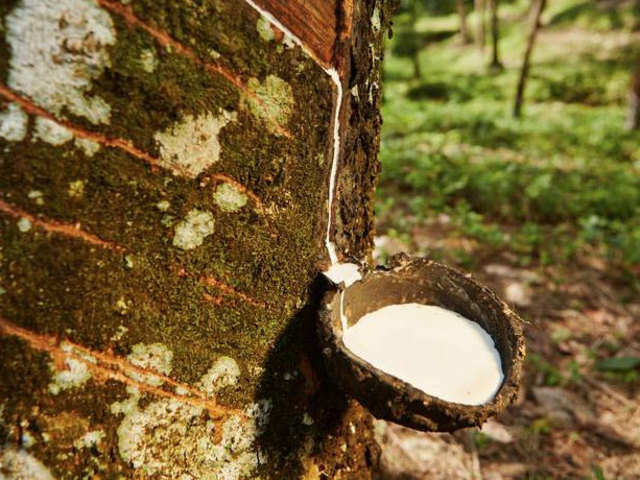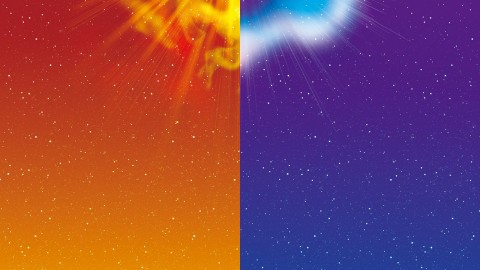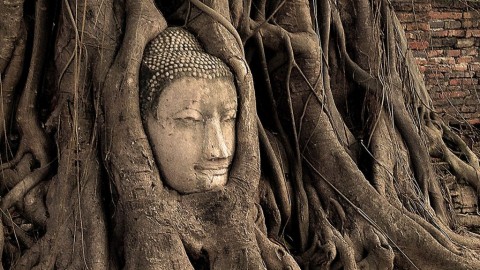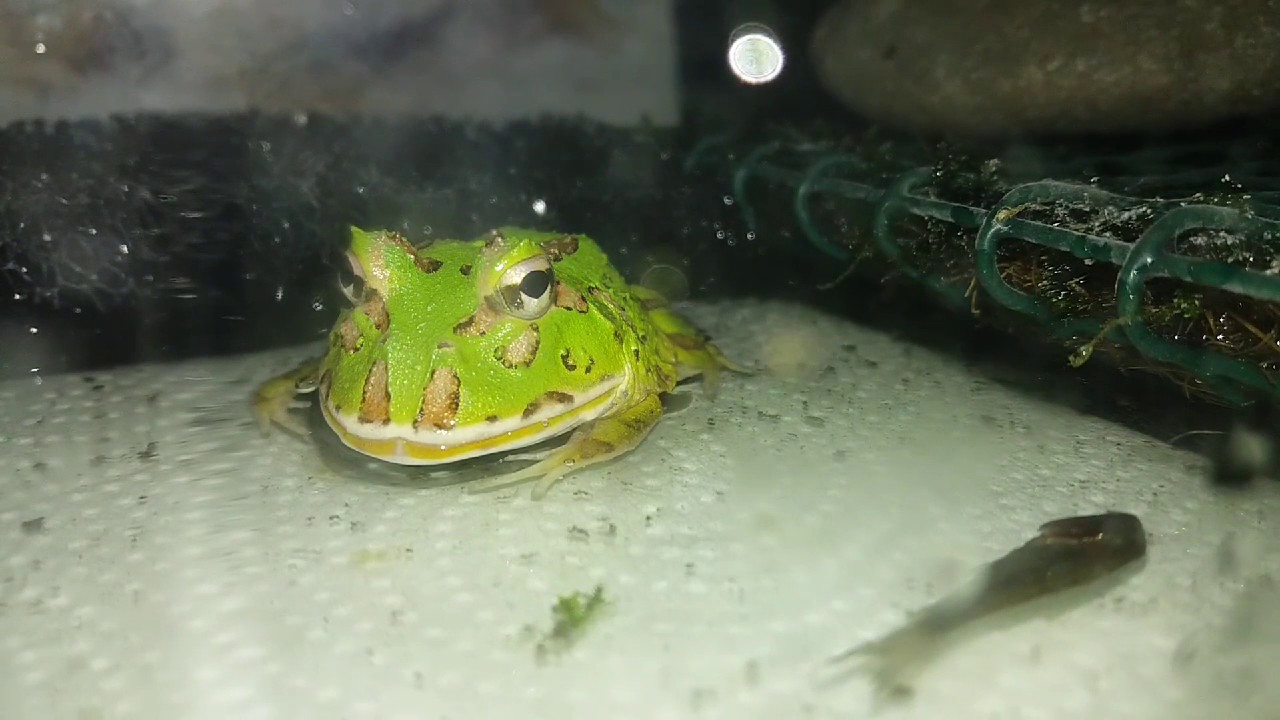Knowledge, Information and Experience
History of Rubber:
The first use of rubber was by the indigenous cultures of Mesoamerica. The earliest archeological evidence of the use of natural latex from the Hevea tree comes from the Olmec culture, in which rubber was first used for making balls for the Mesoamerican ballgame. Rubber was later used by the Maya and Aztec cultures – in addition to making balls Aztecs used rubber for other purposes such as making containers and to make textiles waterproof by impregnating them with the latex sap.
In Singapore and Malaya, commercial production was heavily promoted by Sir Henry Nicholas Ridley, who served as the first Scientific Director of the Singapore Botanic Gardens from 1888 to 1911. He distributed rubber seeds to many planters and developed the first technique for tapping trees for latex without causing serious harm to the tree. Because of his fervent promotion of this crop, he is popularly remembered by the nickname “Mad Ridley.”
The Amazon Rubber Boom 1879 to 1912 was an important part of the economic and social history of Brazil and Amazonian regions of neighboring countries, being related to the extraction and commercialization of rubber.
Before World War II significant uses included door and window profiles, hoses, belts, gaskets, matting, flooring and dampeners (antivibration mounts) for the automotive industry. The use of rubber in car tires (initially solid rather than pneumatic) in particular consumed a significant amount of rubber. Gloves (medical, household and industrial) and toy balloons were large consumers of rubber, although the type of rubber used is concentrated latex. Significant tonnage of rubber was used as adhesives in many manufacturing industries and products, although the two most noticeable were the paper and the carpet industries. Rubber was commonly used to make rubber bands and pencil erasers.
Rubber produced as a fiber, sometimes called ‘elastic’, had significant value to the textile industry because of its excellent elongation and recovery properties. For these purposes, manufactured rubber fiber was made as either an extruded round fiber or rectangular fibers cut into strips from extruded film. Because of its low dye acceptance, feel and appearance, the rubber fiber was either covered by yarn of another fiber or directly woven with other yarns into the fabric. Rubber yarns were used in foundation garments. While rubber is still used in textile manufacturing, its low tenacity limits its use in lightweight garments because latex lacks resistance to oxidizing agents and is damaged by aging, sunlight, oil and perspiration.
The owners of the plantations or rubber barons were rich, but those who collected the rubber made very little as a large amount of rubber was needed to be profitable. The rubber barons rounded up all the Indians and forced them to tap rubber out of the trees.
The three largest producers, Thailand, Indonesia (2.4 million tons) and Malaysia, together account for around 72% of all natural rubber production. During the British era many Indians were taken to these countries to work on rubber plantations as labour. India today is the world’s 4th largest producer and Kerala accounts for more than 90 percent of the total rubber production in the country. The total area under rubber cultivation in the state is 5.45 lakh hectares. Rest of the natural rubber is produced in Tamil Nadu and North East states.











